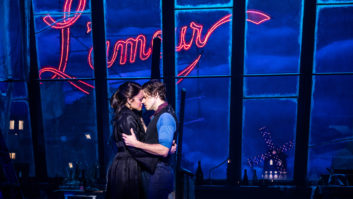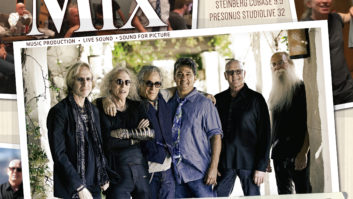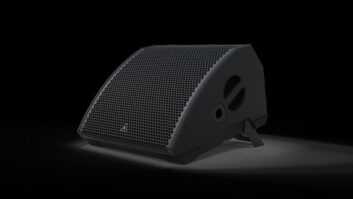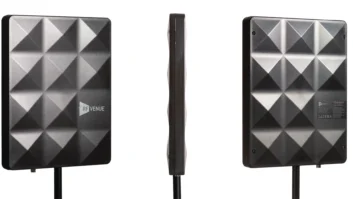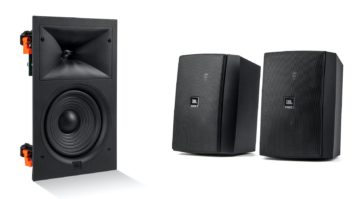The dazzling new musical Jagged Little Pill is built around the songs from the iconic multi-Grammy-winning album of the same name by Alanis Morissette. Unlike many musicals built around pop albums of the past, the characters and plots are more than just a vehicle for the music. The script, by Academy Award-winning writer Diablo Cody, takes on a host of issues—racism, gender identity, dysfunctional families, pornography, drug addiction, and sexual harassment and assault—that are even more relevant now than when the album was released in 1995.
The 12 songs on the Jagged Little Pill album (written by then-19-year-old Morissette with Glen Ballard), along with eight songs from later albums and two new songs written for the production, are staged as intimate solos, full-blown rock-and-roll production numbers, and everything in between. With an energetic and talented 20-person cast under the direction of Diane Paulus, artistic director of the American Repertory Theater (A.R.T.) at Harvard University, the play opened in May at the Loeb Drama Center in Cambridge, Mass., for a two-month run. But you’ve probably not heard the last of it.
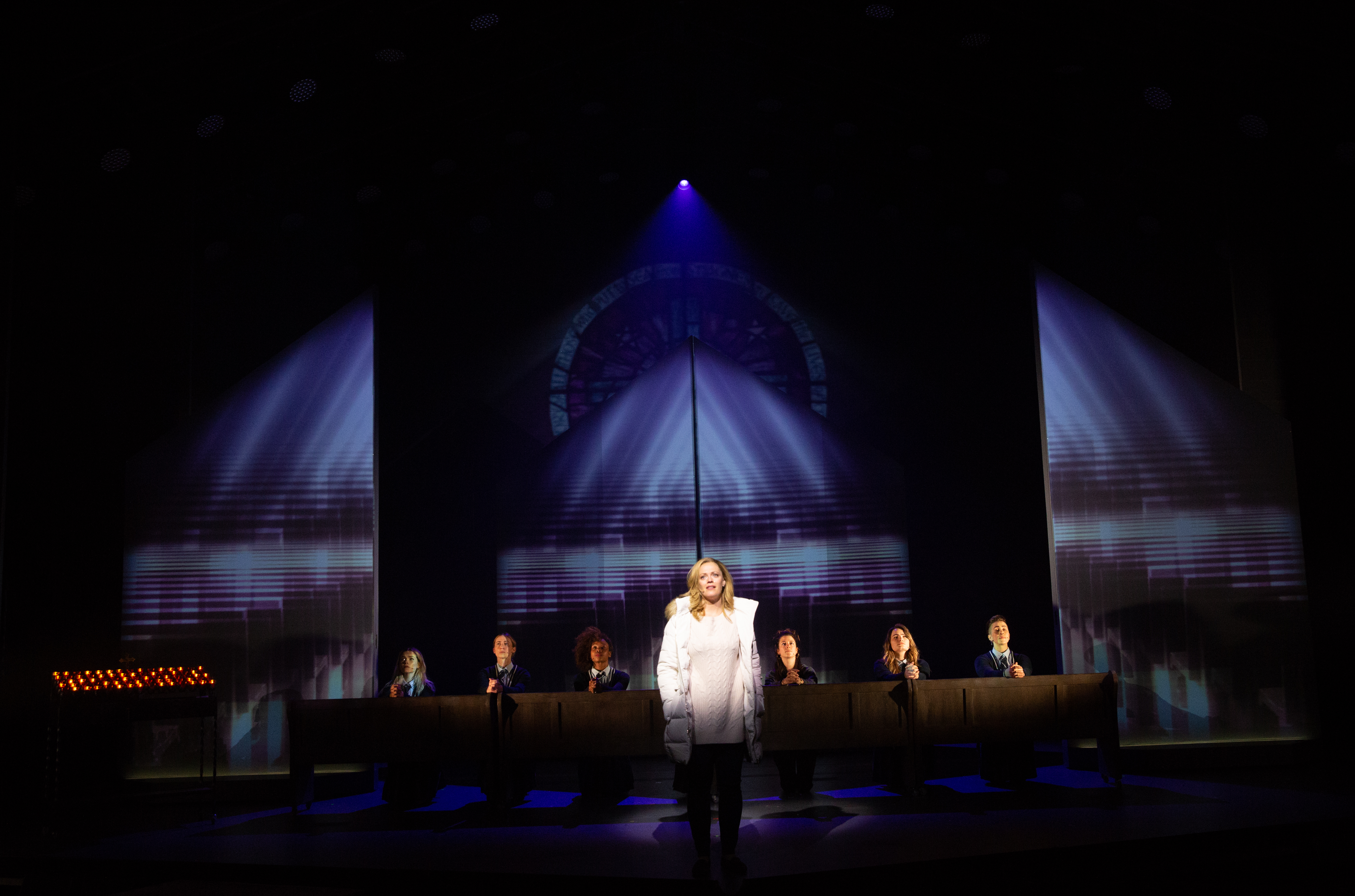
Designing the sound for the complex show was a challenge for the A.R.T. staff and veteran Broadway sound designer Jonathan Deans. Deans knows the 600-seat theater well, having staged three previous productions with the company. According to Deans, he wanted a system that could sound “internal and personal and then suddenly explode into these incredible songs, where the emotions can be very overpowering.” It needed to “work at two levels, transitioning quickly and seamlessly from one to the other.”
The solution was to create entirely different systems for the dialogue scenes and the musical numbers. For the songs, the theater already had in place an 88-speaker Meyer Sound system, with full surround and a proscenium setup comprising 16 LINA line array speakers and a pair of 750-LFC subs. Two additional 750s were placed at the back of the house. The house system was augmented by 10 LEOPARD line array speakers, five per side, hung above the LINAs, and two 1100-LFC subs. Says the theater’s sound manager, Sam Lerner, “The LINA arrays have ample power for nearly everything we do here, but this was a case where we went from big to bigger.”
Jonathan Deans: A Sound Designer’s Odyssey, by Chris Michie, April 1, 1999
The dialogue scenes are handled by a center cluster consisting of two UPQ-1Ps and two UPJunior-XPs, as well as four Meyer Ashby 8C conical speakers in custom cylindrical enclosures on each side of the stage. The speakers are paired so that one is aimed near-field and the other far-field, but they are also set up as an A/B system, a convention used in theatrical sound design to allow characters in close proximity on stage, particularly in intimate, two-character scenes, to be amplified separately, so as to avoid problems related to proximity and phasing. Designed as ceiling installation speakers, the Ashby units make for “a more intimate and natural effect, with the quality of an unamplified voice,” according to Deans. “It pulls you into the scene rather than pushing the sound out to you.”
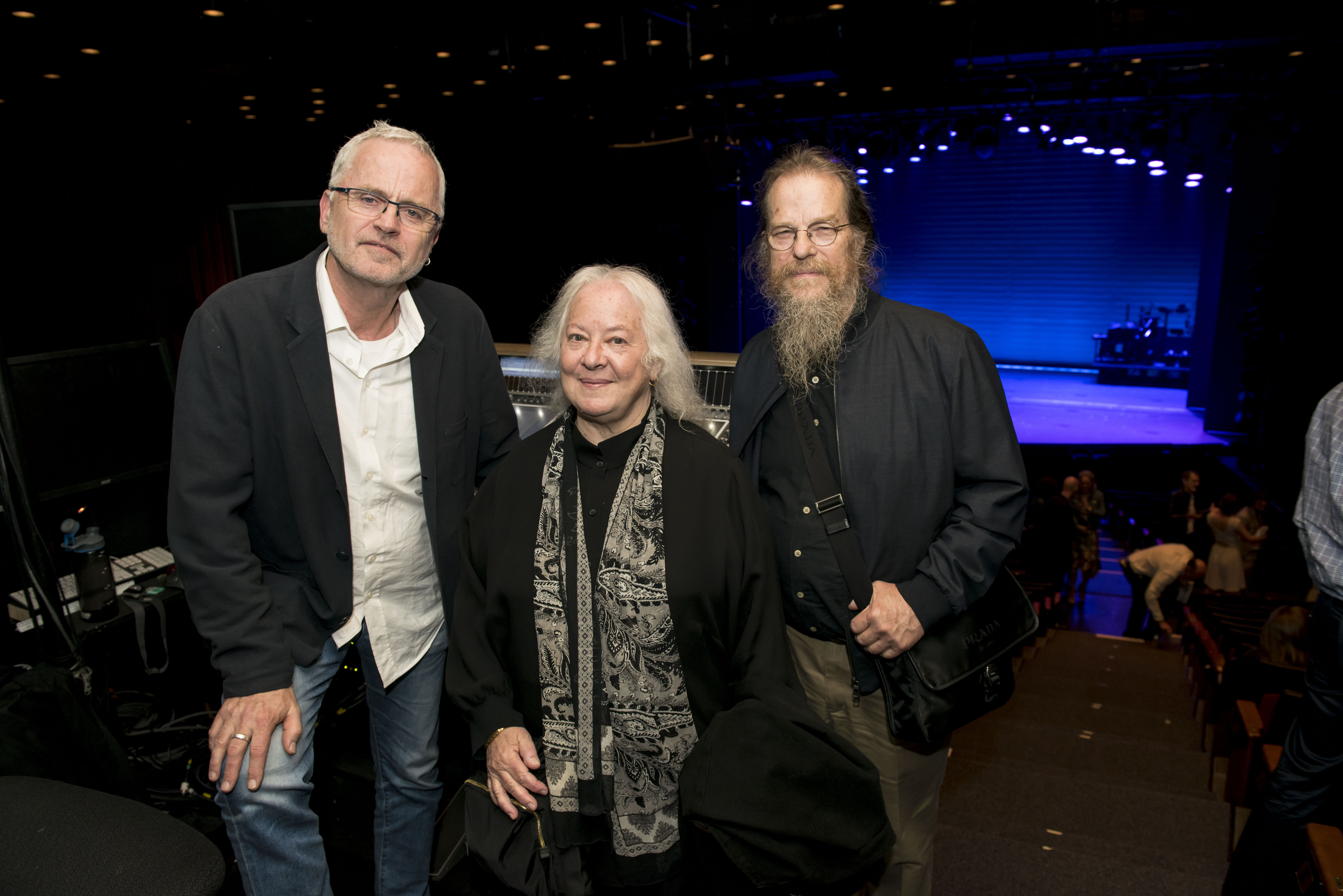
The surrounds, with five Meyer HMS-5 cinema speakers and three UPJunior-XPs on each side, are used for segments that feature a chorus, and in some numbers to give the instruments ethereal spatial effects. Says assistant sound manager Bryan Atterberry, “One of the musicians, who was used to hearing everything in his in-ears, came out to the house during a rehearsal and was blown away by how totally different the experience was.”
Lerner adds, “The HMS-5s are near surround, while the UPJuniors are designed to throw to the center of the audience. It’s meant to work as a single system, with time and level relationships carefully worked out in each pair. All of the surrounds are timed to the main system, so when you have the choral moments, everything’s in time.”
‘Hamilton’ Brings Hip-Hop to Broadway, by Eric Rudolph, Feb. 9, 2016
The singers are constantly moving around the stage, thanks to the inventive choreography by Sidi Larbi Cherkaoui, who’s known for his work with Cirque du Soleil and the Paris Opera Ballet, and who was pulled away during the show’s previews to work on Beyonce and Jay-Z’s recent video shoot at the Louvre. The stage itself is also in constant flux, thanks to an ingenious system of movable projection screens, which means there is no place to put monitor wedges. Instead, some 26 d&b audiotechnik E5 two-way compact loudspeakers are placed under the actors’ feet, affording even coverage throughout. Seven more E5s offstage complete the foldback system.
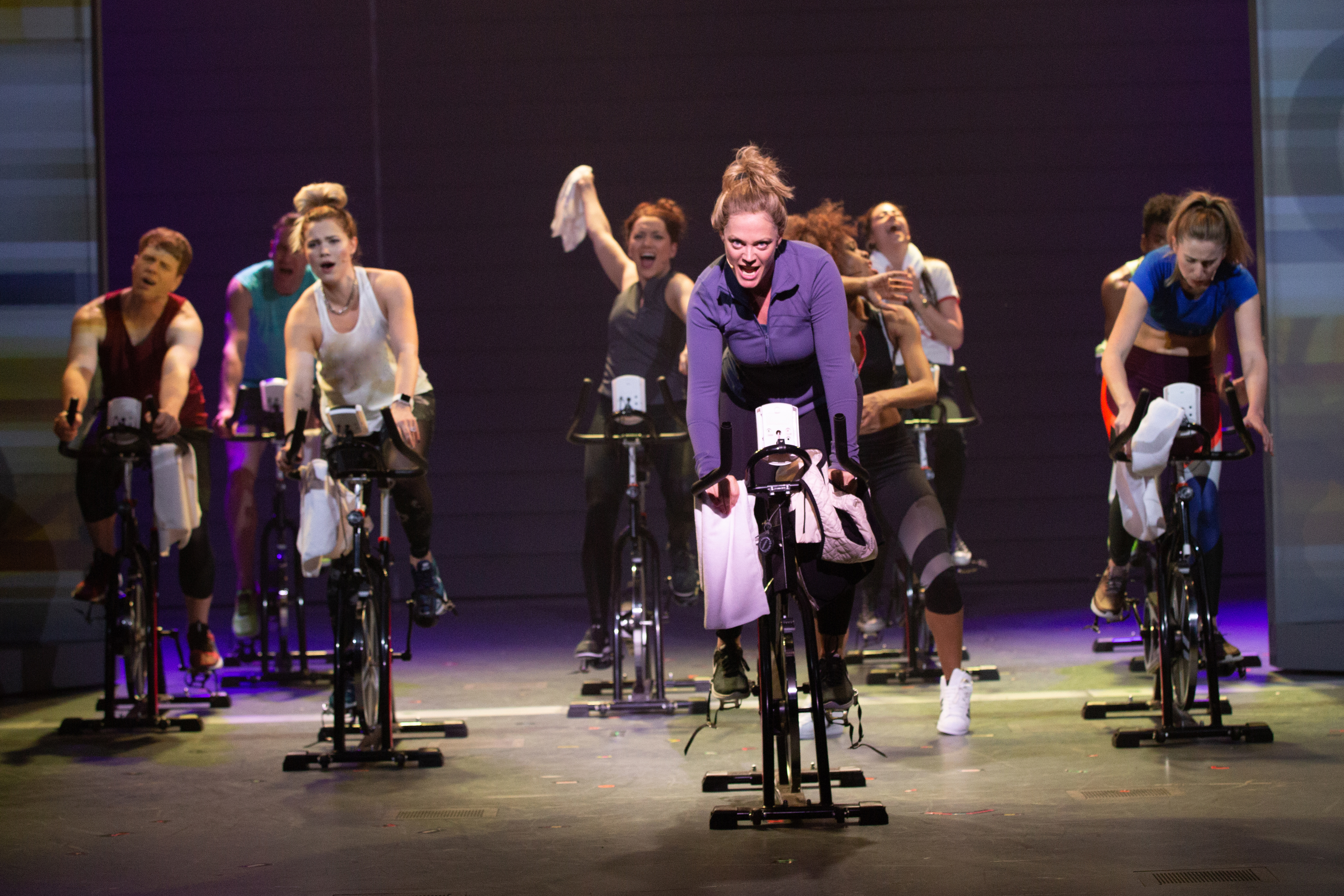
Unusually, the in-deck speakers are all wrapped in Hefty trash bags. “Originally they planned a scene with a rainstorm,” says Atterberry, “and we did a whole research project on the acoustic transparency of different brands of black plastic bags. But then they cut the scene, so we didn’t have to worry about that. But the trough they built into the stage to collect the water is still there.”
‘Come from Away’—A 9/11 Musical Sings on Broadway, by Eric Rudolph, Oct. 18, 2017
The eight-piece band—keys, two guitars, bass, drums and three strings—sits on two separate platforms, which roll on and off stage (to opposite sides) for different musical numbers. The players all use in-ears, so there are no wedges here, either. The lead guitarist gets a variety of powerful amp sounds out of a Kemper Profiling Head connected directly to the main system, so there are no cabinets or mics to contend with. The musicians have control over their individual mixes thanks to a KLANG:fabrik submixer. The software provides 360-degree positioning for each input, so the players can lay out the other instruments and voices around them however they like.
The drums are acoustic and are close-miked. But the drummer has an Alesis SamplePad for special effects and also to give the other musicians the tempo. “Before some of the numbers, the drummer hears a click in his in-ears, triggered by the stage manager, and he taps out the beat for everyone else,” explains Lerner.
Alanis Morissette on Tour, by Candace Horgan, July 1, 2002
Some 40 wireless mics are used in the show. The cast all wear DPA 4065 headset microphones, feeding Shure Axient Digital ADX1m MicroPack transmitters. “There are no wigs in the show where we could hide mics,” says Lerner. “Audiences are used to seeing headset mics on rock singers, so we felt comfortable with them. They’re omnis, and since they’re close to the singers’ mouths, we can keep the gain low so we don’t have to worry about feedback.” Most of the mics are colored to match the performers’ complexions. In one scene, three of the musicians—acoustic guitar, violin and bass—leave their platforms and appear at the front of the stage as buskers. While an obvious choice would have been to use pickups, the designers opted instead for DPA 4061 mics attached to the musicians’ wrists in the interest of aural consistency.
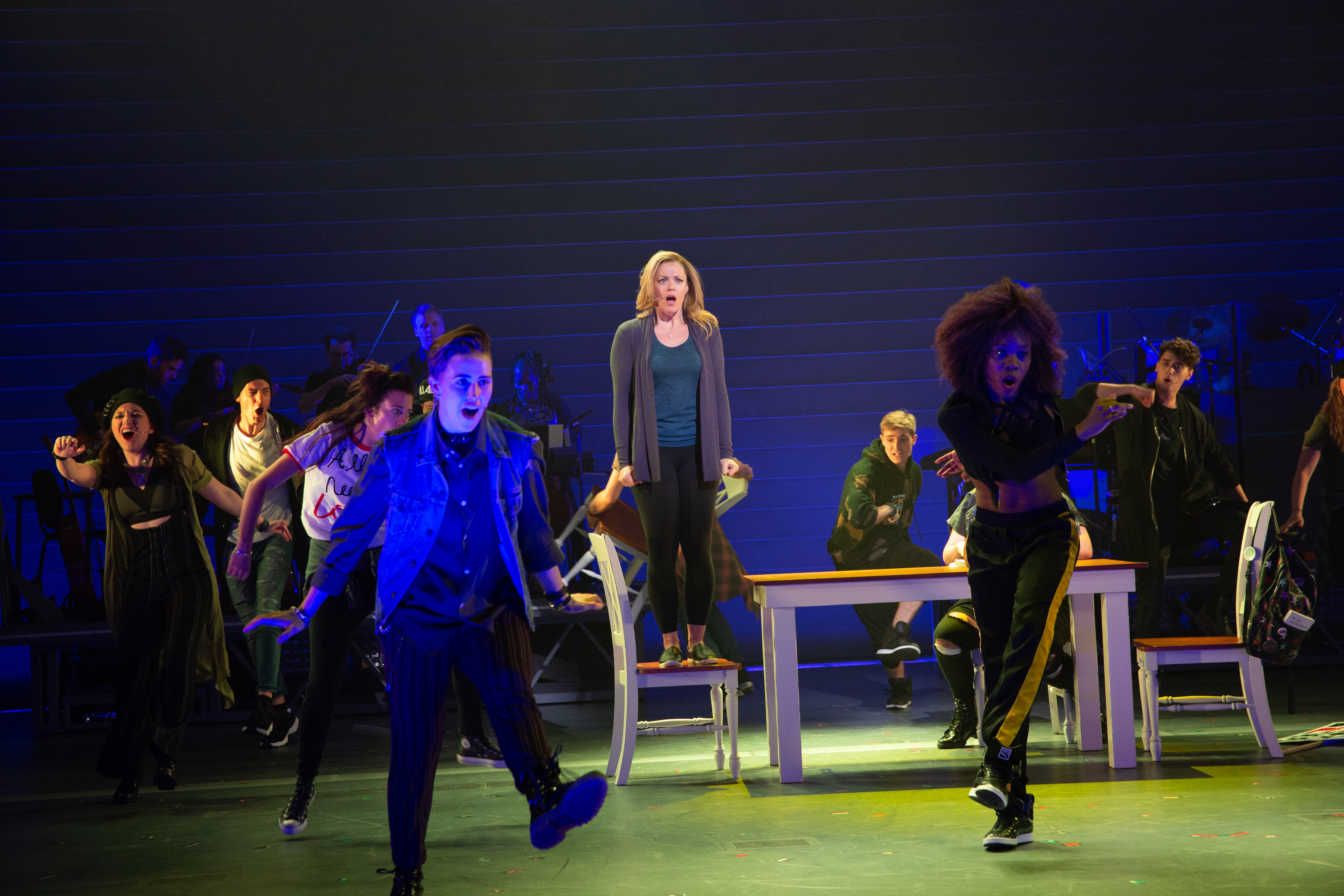
The transmitters are Shure bodypacks that were not quite on the market when A.R.T. ordered them. “We were one of the first theaters to invest in the micro-transmitters,” says Lerner. “Shure decided it would be a great show to put the system through its paces, so they made them available to us as a beta site.” The transmitters are in plastic cases about two inches square, with no external antenna—instead, there are three antennas inside each case, which makes them exceptionally easy to attach to the singers’ clothing. “I wouldn’t drop them from the catwalk,” Atterberry laughs, “but they’re solid enough for what we need.” They’ve held up well through the production’s rigorous workout, he adds.
At the receiving end, all of the wireless mics are routed through a DirectOut Technologies Andiamo AES digital matrix with a virtual patchbay, so the team can patch around a troublesome transmitter or receiver quickly. The Shure Wireless Workbench software lets the operator monitor battery condition, charge level and temperature of each unit, so failures in those areas can be anticipated and avoided.
Time for a Change in the Orchestra Pit, by Jonathan Deans, Aug. 1, 2000
The FOH mixer is a DiGiCo SD7T, while an SD10 handles the numerous foldback buses. Communicating between the SD10 and the KLANG onstage mixers is a little tricky, according to Atterberry. “The SD10 sends MIDI to the musicians to set the mixes for the different songs, but the KLANG doesn’t see MIDI. But it does see OSC [Open Sound Control], so we have to convert it.”
Along with the DiGiCo mixer, a Waves SoundGrid system, networked to the console and connected to the Orange Box through Optocore, handles reverb and effects. FOH mixer Michelle Reiss triggers the handful of sound effects in the show with a simple “next” button that activates the cues in Q-Lab software. In one scene, the stage manager cues a projection of a school bus streaking across the stage, and it’s up to her to time the sound effect to the visual. “We both take the cue from the actor’s line,” she says, “and it’s got to be right.”
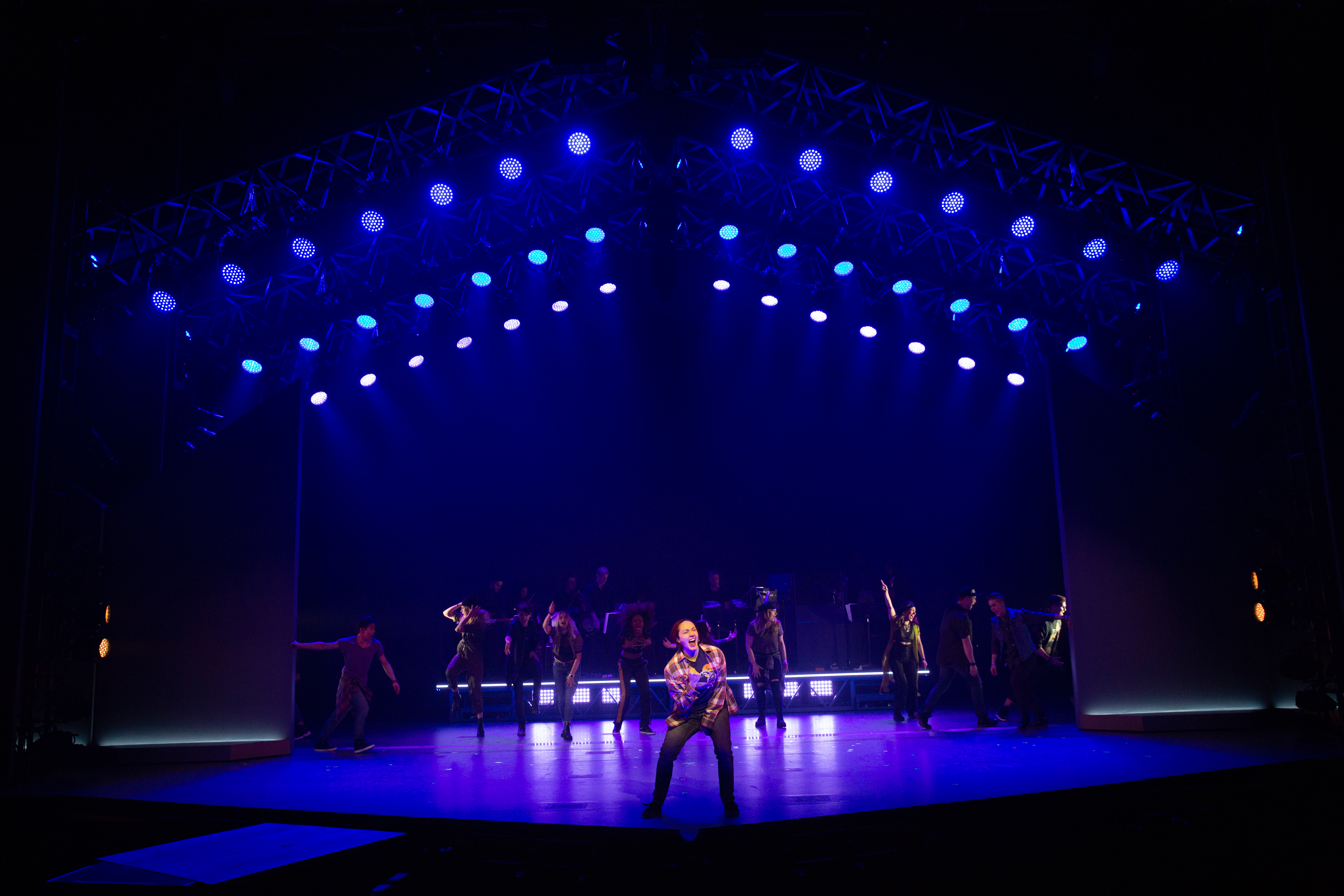
From the audience’s perspective, the sound of Jagged Little Pill is plenty loud without being overwhelming—in the third week of its run, according to Atterberry, the show is somewhat quieter than during rehearsals and previews—and the transitions between the dialogue system and the music system work as smoothly as Deans had hoped, while the balances between band and singers are consistently excellent.
Broadway Sound: Four Shows, Four Dramatically Different Designs, by Gaby Alter, Oct. 1, 2009
Reiss, a graduate of Boston University’s theater tech program, has been full-time at A.R.T. for two years. She’s worked on a number of plays at the theater, and one dance production that had a five-piece band, but this is her first musical.
“The songs are so well-known, and everybody’s here for the music, so it has to sound good,” she says. “You have to worry about everything. It all moves so much faster; there’s a lot more to pay attention to than in a straight play, and you get no breaks. When the song ends, you want to take a break, but you can’t—as soon as it’s over, there’s really fast dialogue. The creative team wanted to make sure it was always interesting, so there’s stuff happening all the time. No big chunks of dialogue where you can relax.”
Another issue Reiss faces is keeping the sound levels from getting out of hand. “The vocals really want to get loud right at the beginning of the songs,” she says, “so you have to be conscious of that. I have to hold back so I have a place to build to by the end of the song. It’s great to have it blast at the beginning and give it plenty of energy, but you have to make sure it can build and climax.”
‘Fun Home’ on Broadway Audio, by Eric Rudolph, Sep. 25, 2015
Reiss wasn’t too familiar with Morissette’s music before she started working on Jagged Little Pill, but “I’m definitely a big fan now. ‘Uninvited’ is my favorite song to mix. There are really cool strings in the original, but [arranger and orchestrator] Tom Kitt gave that part to the chorus, as well. It’s just great when I hear the chorus and the strings at the same time.
“I’m always trying to give it my all, every night,” she adds. “I’ve been training an A2, and I’m telling him, ‘If you hear somebody sniffling at the end of ‘Mary Jane,’ then you’ve done a good job.’” Watching her head bob in time to the music in every number, one can see how much she enjoys the job.
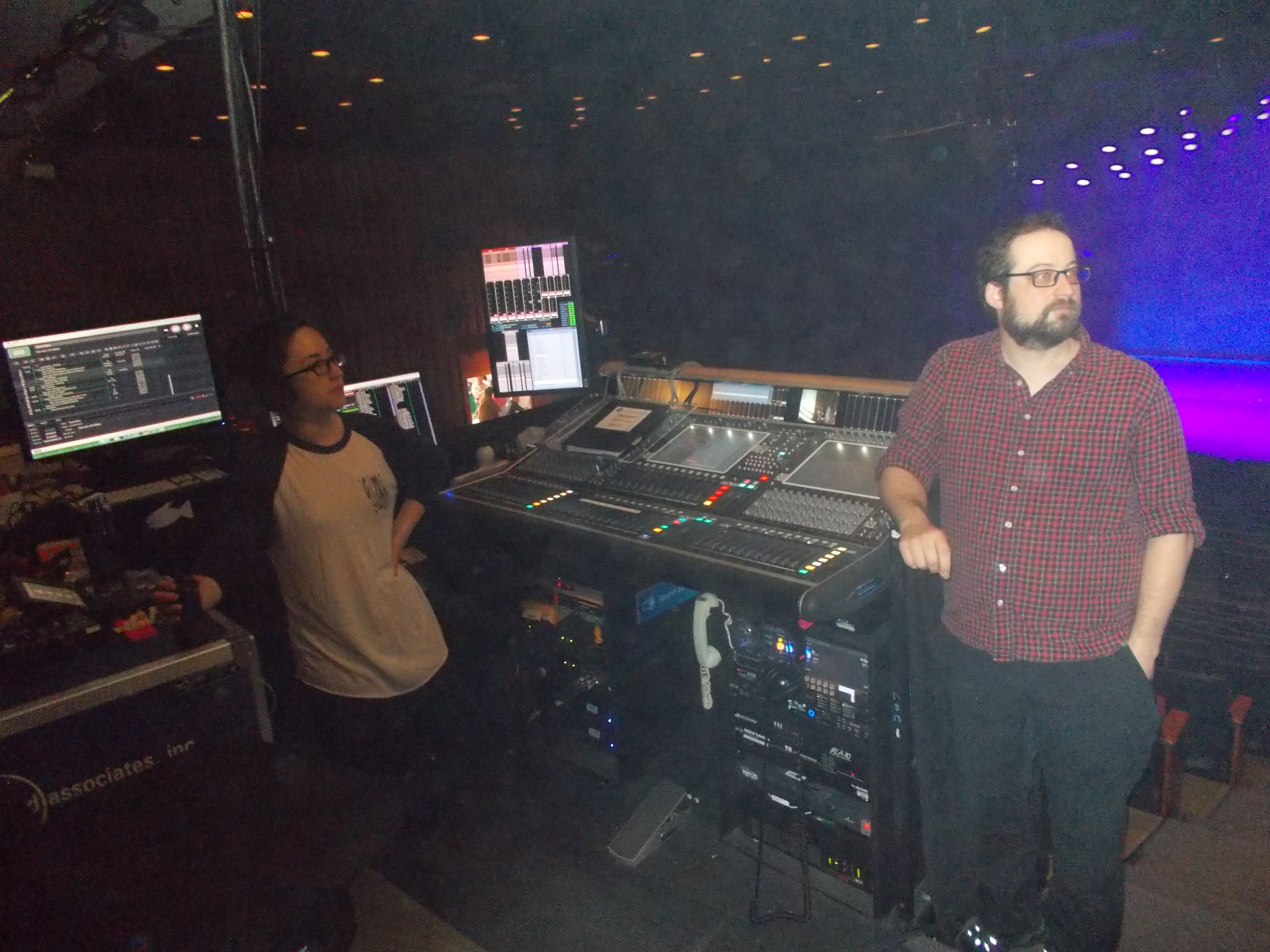
There’s another computerized technology on the A.R.T. stage, outside of the audio realm, that is worth mentioning. Instead of stationary sets, the show uses movable trapezoidal projection screens that the cast pulls on and off and around the stage to delineate scenes. The projected images, fixed and moving, range from a streetscape, a living room, a gym, a church, and a political demonstration, to disembodied faces and text. As the screens move, the images on them change in perspective, as if the images were painted on the screens rather than projected from three fixed projectors in the lighting grid. The secret here is a set of six infrared emitters on each platform and IR cameras around the stage, not unlike Microsoft’s Kinect, that register the position of the emitters, which send control signals that distort and move the projected images according to each platform’s position and angle. Occasionally the focusing lags slightly behind, but for the most part there is no visible latency, and the effect is very cool.
Broadway in a Studio: Cast Album Recording for Falsettos, She Loves Me, by Anthony Savona, March 22, 2017
Musically, dramatically and technically, Jagged Little Pill is a tour de force for the 30-year-old company, which is well known for its leading-edge approach to theater. The list of productions that originated at the A.R.T. and have gone on to Broadway and beyond is long, and includes Waitress, Pippin, Finding Neverland and All the Way. The ebullience, relevance and technical savvy behind Jagged Little Pill make it a likely candidate to join that list.
Longtime Mix contributor and former Insider Audio columnist Paul D. Lehrman is a senior lecturer in music and the director of the music engineering program at Tufts University.

